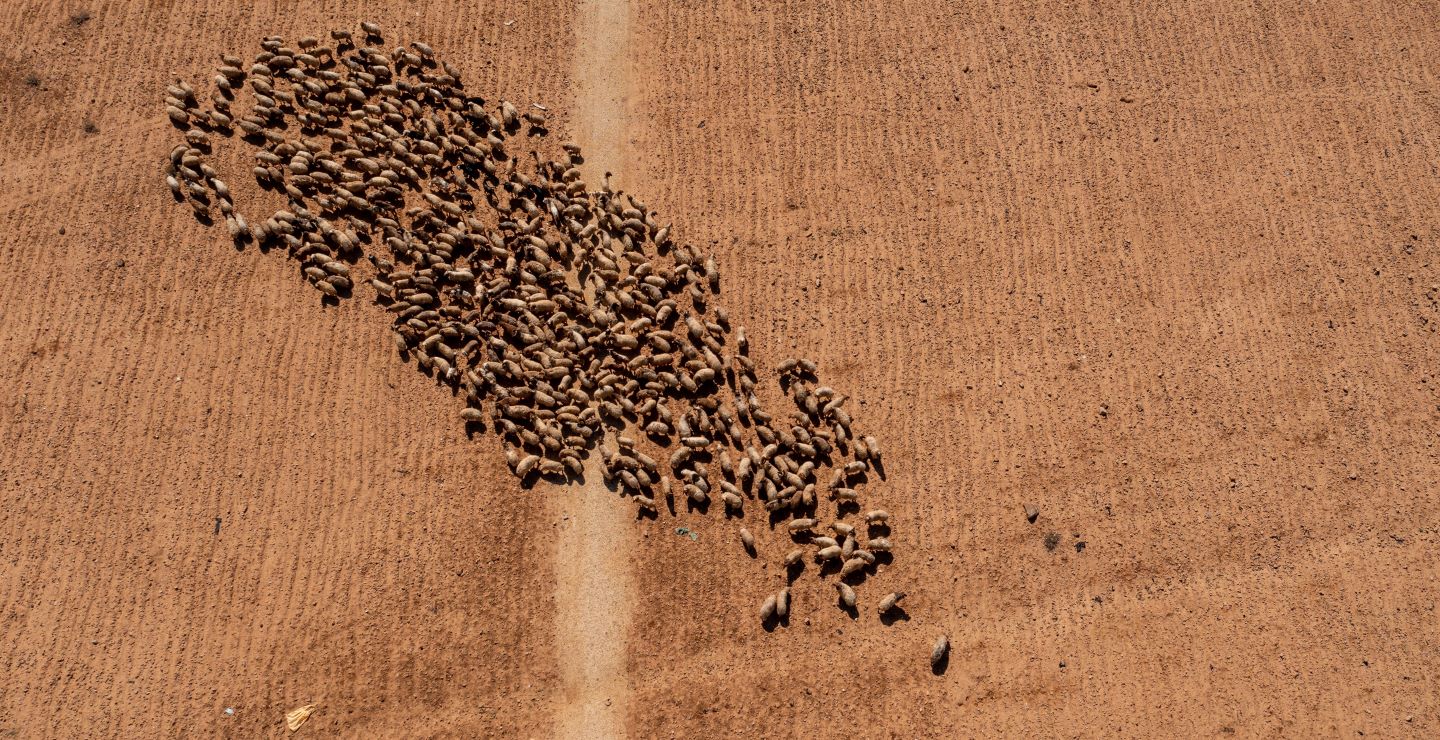Zero Hunger: Are we on track to achieve it by 2030?
IFAD Asset Request Portlet
Asset Publisher
Zero Hunger: Are we on track to achieve it by 2030?
UN report shows a world still in crisis
Estimated reading time: 2 minutes
One in nine people (or up to 783 million people) globally experienced hunger in 2022.
Further, almost one in three people (or 2.4 billion people) in the world do not have constant access to food.
Data and statistics from the recently launched State of Food Security and Nutrition in the World 2023 (SOFI 2023) report reveal a world still in crisis.
While hunger remains unchanged in the past year, the number of hungry people is still significantly higher than before the COVID-19 pandemic. The increase is concentrated in the most vulnerable regions, with one in five Africans going hungry.
IFAD's own data confirm this: rural people and vulnerable groups, including women, suffer greater food insecurity—and even those who can access food may not be able to access nutritious food.
What is causing hunger today?
With significant progress already made in agricultural technology and connectivity, what is perpetuating hunger? Hunger is largely driven by rising food and energy prices, conflicts, weather-related events and underlying inequalities.
By 2050, seven in ten people will live in cities. Increasing urbanization means access to healthy food is becoming a challenge for both city and rural dwellers alike. Yet, there are still more hungry people in rural areas than there are in cities and towns.
Rural people buy a significant share of the food they consume, rather than relying on solely their own production. This creates challenges as both rural and urban households are consuming highly processed and unhealthy foods.
How can we make real change?
To meet global goals to end hunger, food security must be addressed from the rural hinterlands to the city centres.
One way to do this is by creating links between small-scale producers and markets so that more people can have access to healthy diets. In the Philippines, for example, an IFAD-supported project worked to connect rural indigenous communities to markets by developing rural infrastructure, including roads.
IFAD supports small-scale producers to provide them with the skills and equipment to process and preserve food so it retains its goodness all the way to market. We work with female producers from Brazil to Senegal so they can offer the finest local products to the world. We partner with farmers’ organizations to promote collective action and economies of scale.
Climate-resilient infrastructure and increased connectivity are crucial for rural, peri-urban and urban people to access regional, national and international markets. In Bangladesh, roads and markets are built on raised ground to mitigate the risk of flooding and ensure that farmers and shoppers can reach the market to sell and buy.
Symbiotic support
The SOFI 2023 report reiterates what we already know: small-scale producers are the key to addressing global hunger.
With fewer than seven years remaining to achieve the Sustainable Development Goals, and as extreme weather patterns increasingly threaten food systems, we must strengthen climate resilience across food systems and invest in small-scale farmers so they can continue to feed themselves, nearby urban centres and beyond.
Publication date: 12 July 2023